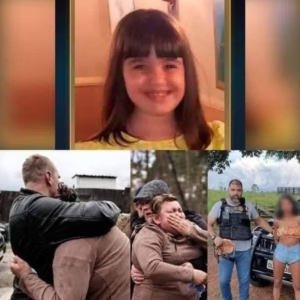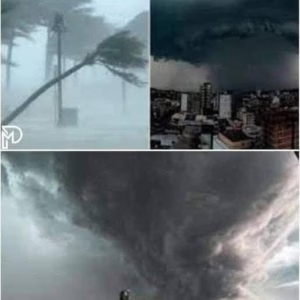A heartbreaking tragedy in Montreal has shaken a nation and triggered urgent demands for change after a 14-year-old boy drowned during a high school swimming class—remaining unnoticed at the bottom of the pool for an unthinkable 38 minutes. The student, Blessing Claude Moukoko, was an eighth-grader at the Centre Père-Marquette and was participating in what was supposed to be a routine physical education session on February 15, 2024. It ended in the unimaginable: a young life lost in plain sight. During the class, Blessing somehow slipped beneath the surface in the deep end of the pool. Despite the presence of…
A heartbreaking tragedy in Montreal has shaken a nation and triggered urgent demands for change after a 14-year-old boy drowned during a high school swimming class—remaining unnoticed at the bottom of the pool for an unthinkable 38 minutes. The student, Blessing Claude Moukoko, was an eighth-grader at the Centre Père-Marquette and was participating in what was supposed to be a routine physical education session on February 15, 2024. It ended in the unimaginable: a young life lost in plain sight.
During the class, Blessing somehow slipped beneath the surface in the deep end of the pool. Despite the presence of school staff and other students, no one noticed he was missing. The session continued as normal, with students eventually exiting the pool, gathering their belongings, and preparing to leave. Only then did someone glance into the water—and see his body motionless at the bottom.
Panic erupted. Blessing was pulled from the water as CPR was frantically administered. Paramedics arrived and rushed him to Maisonneuve-Rosemont Hospital, where doctors fought to undo the damage caused by prolonged oxygen deprivation. But after six days in critical condition, the teenager succumbed to severe brain injuries. His death sent waves of grief through his family, classmates, and the entire community.
A coroner’s investigation later revealed alarming oversights and systemic failures in school aquatic safety protocols. The report made it clear: swimming classes should never be focused solely on athletic technique or performance. Water safety education must be the core. The findings called for heightened supervision, stricter safety protocols, and comprehensive reform in how schools manage swim instruction. The call to action was not vague—it was urgent.
Montreal Mayor Valérie Plante spoke publicly with visible emotion, saying, “It just breaks my heart. It’s hard to imagine what the teacher must be feeling. It’s just terrible.” She stressed the need for widespread reform, adding, “Let’s make sure our kids know how to behave in the water. Let’s ensure schools have the resources to keep them safe.”
The tragedy sparked a national dialogue. Education leaders, parents, and water safety experts began pushing for new standards: mandatory safety drills, more lifeguards during school swim classes, clear headcounts before and after every session, and training that emphasizes prevention over performance.
Blessing’s death is a devastating reminder of how quickly a life can be lost, and how easily tragedy can unfold when even a moment of vigilance is lost. His story has stirred a movement, one driven by sorrow but fueled by the determination to protect children from suffering the same fate. Friends and family remember him as a kind, gentle soul with boundless potential. Now, his memory is a call to action, echoing across schools, cities, and policy chambers—demanding that no other student be left unnoticed, and no other family endure such a loss.




